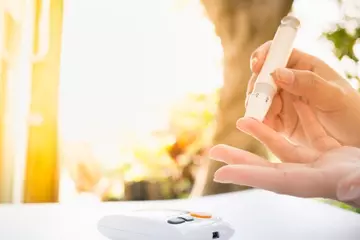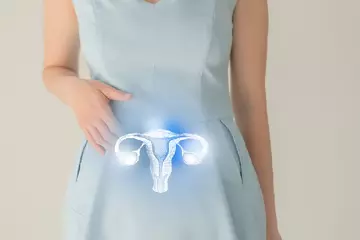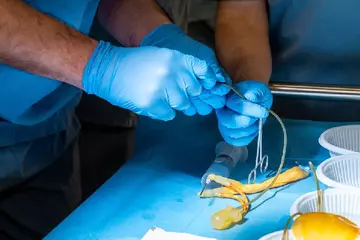Since the exact cause of this condition is not yet known, there are no medicines for removing or reducing the occurrence of skin tags. Treatment of skin tags usually includes:
- Surgical removal
- Removal by freezing skin tags (cryosurgery)
- Removal by burning it off (cauterization)
Cauterisation
Cauterization involves burning a part of the body by using a specific instrument. It was previously done with manual heating instruments but that is outdated nowadays.
Instead, electrocautery is now used to destroy lesions whether benign such as skin tags or malignant like cancers to cut the unwanted growth as well as to control the bleeding afterwards.
Electrocautery uses electrical heat to remove the skin tag from its stalk and then bleeding is controlled by closing the wound with the same set of equipment.
Electrocautery or electrosurgery instruments generates high-frequency electrical energy, which is transferred to the affected tissues by using an electrode, which remains cool throughout the procedure. The transferred electrical energy is taken up by the tissue results in the destruction of the architectural integrity of lesion by denaturation of proteins. Furthermore, it causes rupture of cell covering thereby cutting the lesion.
The major advantage of electrosurgery is decreased operative time and bloodless surgery. However, it is an extremely painful procedure and usually needs anaesthetics and this procedure may lead to a bit of skin scarring.
Cryotherapy
Cryo means “cold”, therapy means “treatment”. Cryotherapy is done by using liquid nitrogen, which has a freezing temperature, to cut down the hanging skin tags from its pedicle. It is considered as an effective and efficient method for the treatment of benign lesions like skin tags as well as premalignant lesions and malignant lesions (cancers).
Cryotherapy works by destroying the affected tissues and occluding the blood supply in the area of application. This surgery generally leads to the development of localised inflammation within 24 hours, though, inflammation just adds to the effects of cryosurgery and destroys more of the affected tissue
It is a short procedure and can be done as in office treatment within 20 minutes. It can be done in various ways:
Ist method:
- By putting a few drops of liquid nitrogen over the unwanted growth
- The skin tag is kept in touch with the liquid for a few seconds
- The procedure is repeated a few times, once a week, until it comes off
2nd method:
- Few doctors prefer spraying liquid nitrogen over the growth with a tiny nozzle. It could either be a direct spray, paintbrush spray or a spiral/rotatory spray. Time of exposure to the spray generally depends on the type and depth of skin lesion.
- Timed spot freezing technique is more effective in treating localised or small lesions. It specifically targets the affected area without harming the surrounding skin.
3rd method:
- Use of cryoprobe is another mode of cryotherapy. The probe is attached to a gun containing liquid nitrogen and it usually includes the use of a gel medium between the skin and probe.
- Cryoprobe is used specifically for the areas where the doctor has to be very cautious while applying liquid nitrogen like an eyelid or facial skin tags
- Different sizes of probes are available and are used depending upon the size of skin tags
- A major advantage of using cryoprobe is that it limits and minimizes the adverse effects of liquid nitrogen to a large extent
Side effects:
Every procedure carries some sort of adverse effects. Treatment with liquid nitrogen may also cause some discomfort to you like:
- It may hurt you a little bit after the procedure, often leaving the area of application with a blister
- Slight discolouration or irritation to the skin may be encountered after cryotherapy
- You may also come across the appearance of the scar after liquid nitrogen therapy, although it is very minimal and barely recognizable.
- Patients with diabetic foot problems or severe uncontrolled diabetes and peripheral arterial disease should not consider cryotherapy as an option to remove skin tags, as the therapy could damage the superficial nerves and lead to delayed wound healing
Surgical removal
Surgical removal usually involves the removal of skin tags with the help of sharp scissors or sharp blades.
A surgical procedure is usually preceded by a whole set of protocols like cleaning, disinfecting and isolating the site of action followed by anaesthesia to the concerned body part. Skin tags can be excised surgically without the need for hospitalisation. Usually, the procedure takes less than an hour. Being a surgical procedure, it generally involves some amount of scarring.
Shave excision
- This procedure is specifically performed for skin lesions which lie in the superficial layers of skin like skin tags
- For this procedure, your doctor will anaesthetise the area with skin tags
- Using a small, sharp blade, the skin tag is removed along with its stalk
- Stitches are usually not required for tags which are small in size
- Bleeding is stopped by using certain medications or by cauterisation of bleeding wounds
Simple scissor excision
- In this method, scissors are used in place of blades to remove the growths hanging out of the skin
- First of all the area is anaesthetised by using local anaesthesia
- After adequate anaesthesia is achieved, the tag is gently pulled out with the help of forceps
- Small forceps are used to cut the skin tag beneath the connecting stalk
- This procedure also does not require suturing
- Homeostasis is achieved by the application of few ointments or cauterisation can also be done to stop bleeding
Laser excision
Laser excision is considered to be less invasive than surgical procedures for the removal of skin tags. Again it is a minor procedure that does not require hospitalisation.
Ablative laser resurfacing is generally used for cosmetic procedures. It involves the introduction of high wavelength light into the skin to get rid of the damaged or affected areas. Furthermore, these lasers also stimulate the generation of collagen and improve post-surgical healing. According to an article published in the International Journal of Dermatology, Venereology and Leprology, carbon dioxide laser is considered as the gold standard laser for ablative resurfacing and it is the most commonly used laser beam for skin tag removal.
Laser excision of skin tags is preceded by an injection of local anaesthesia to the skin tag and the whole procedure takes anywhere between ½ an hour to about 2 hours. This would depend on the type and depth of skin condition to be treated.
Side effects:
- Laser resurfacing increases the sensitivity of your skin and this effect lasts for about a year
- Certain medications may change the way the laser affects your skin. So it is always best to inform your doctor about any medications you may be taking before going for a laser treatment
- Depending on your skin type you might notice temporary hyperpigmentation

 Doctors for Skin Tags
Doctors for Skin Tags  OTC Medicines for Skin Tags
OTC Medicines for Skin Tags
 Skin Tags articles
Skin Tags articles
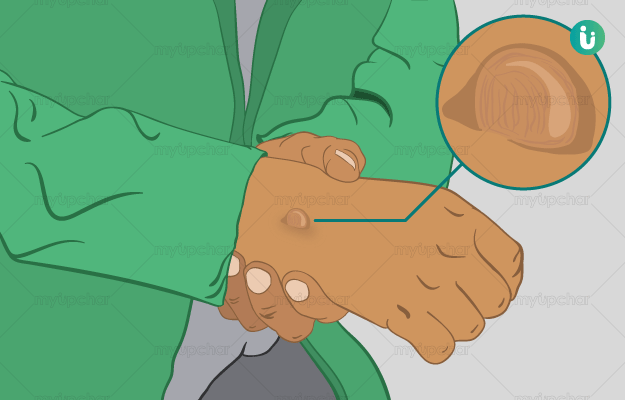
 Home Remedies for Skin Tags
Home Remedies for Skin Tags

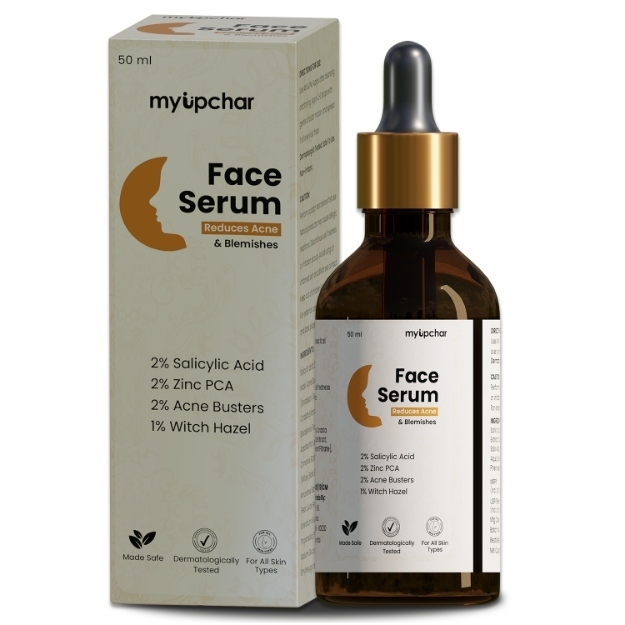

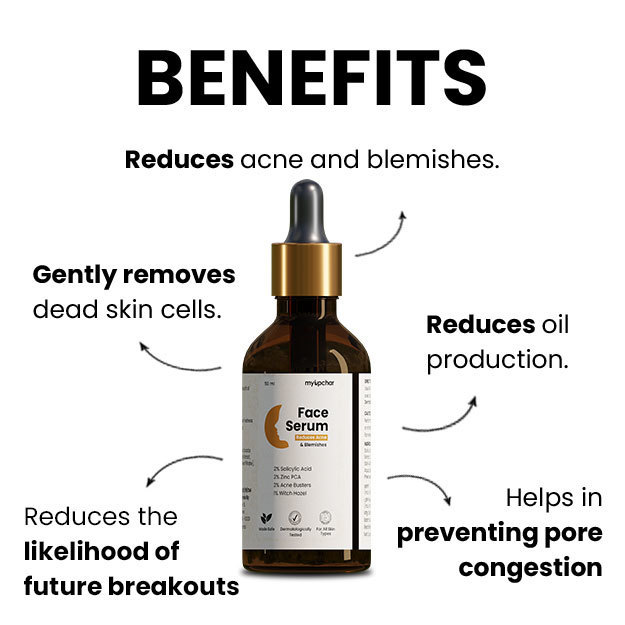
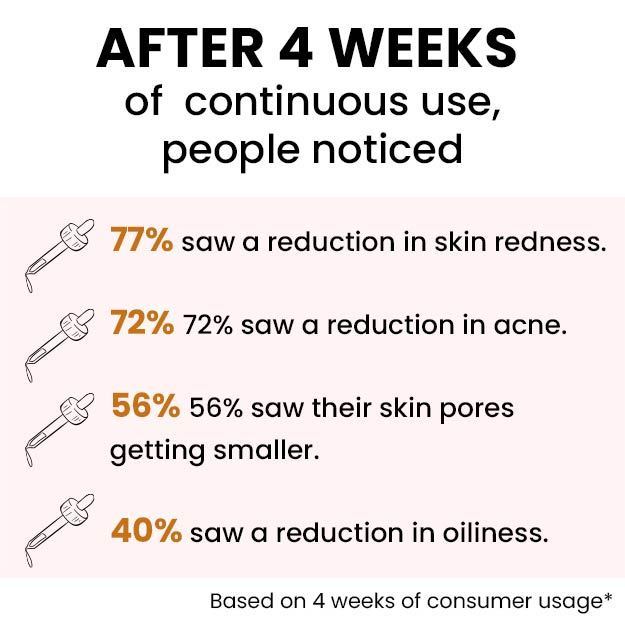
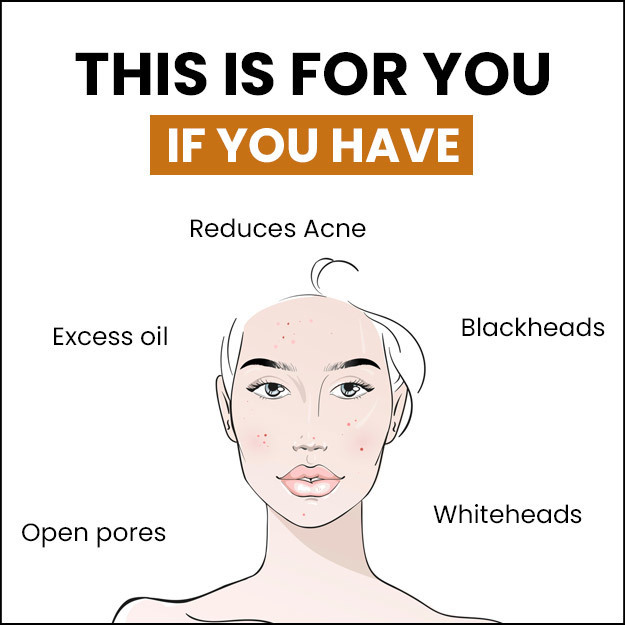
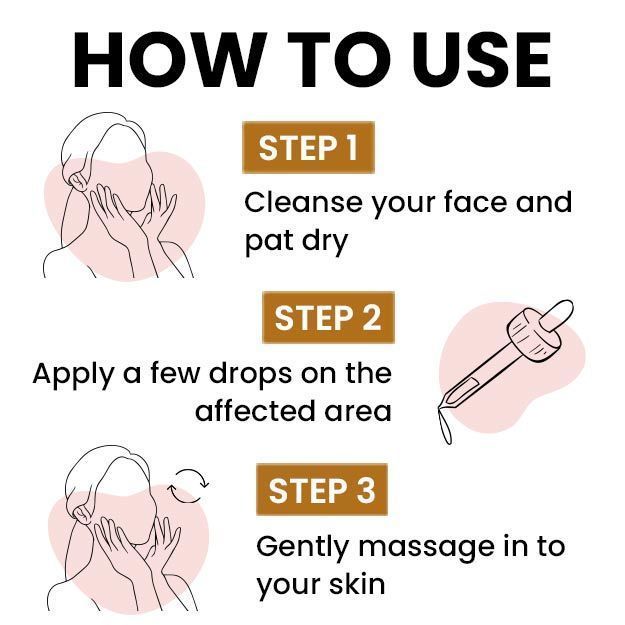
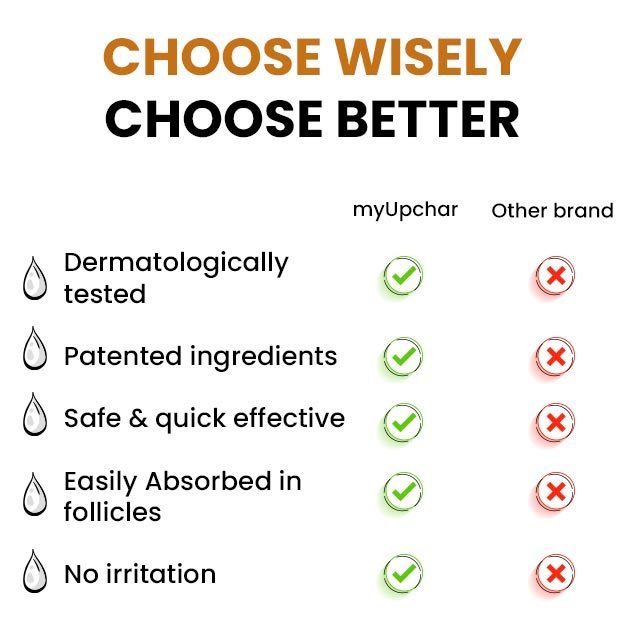

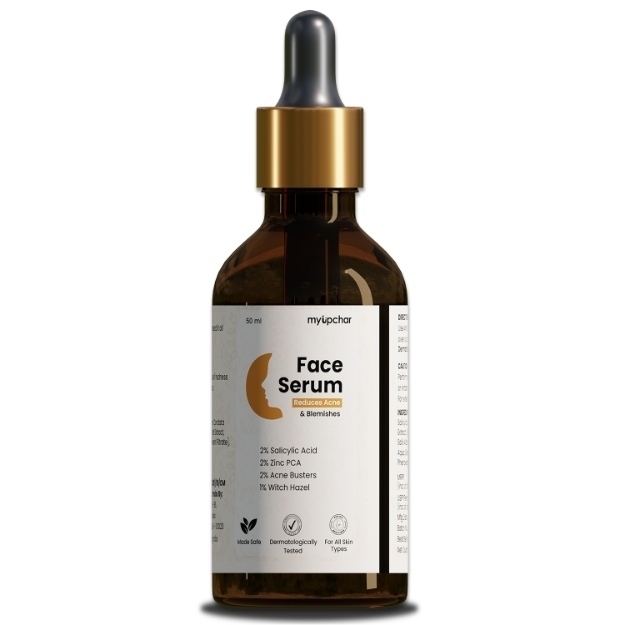
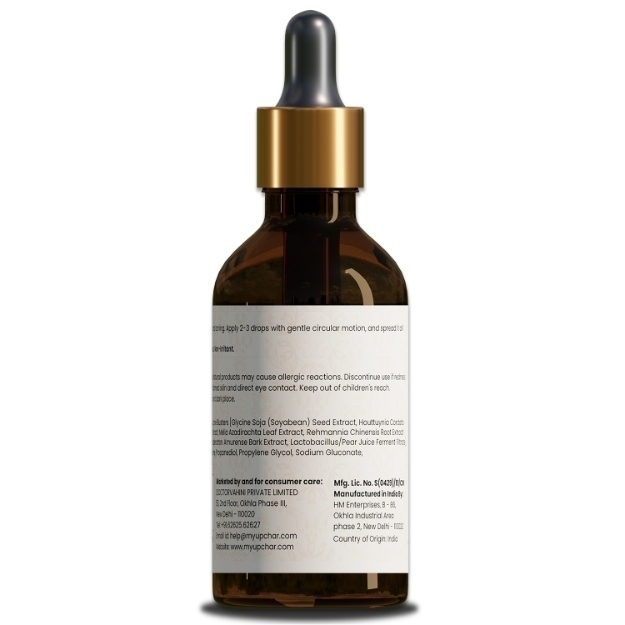
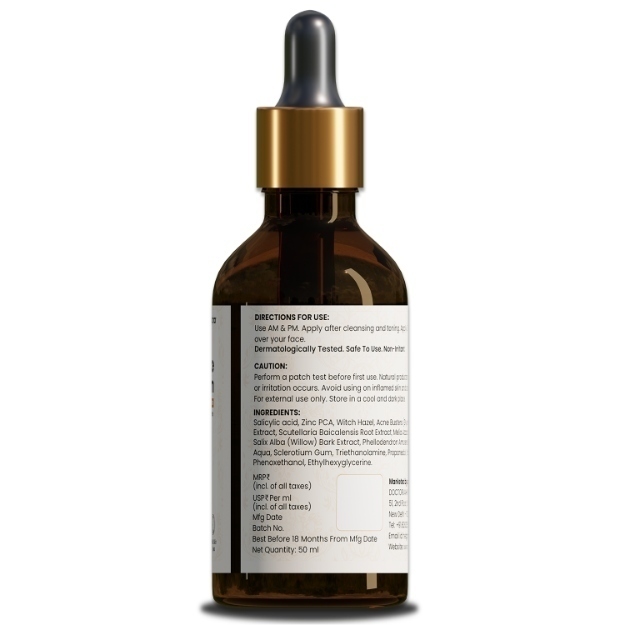



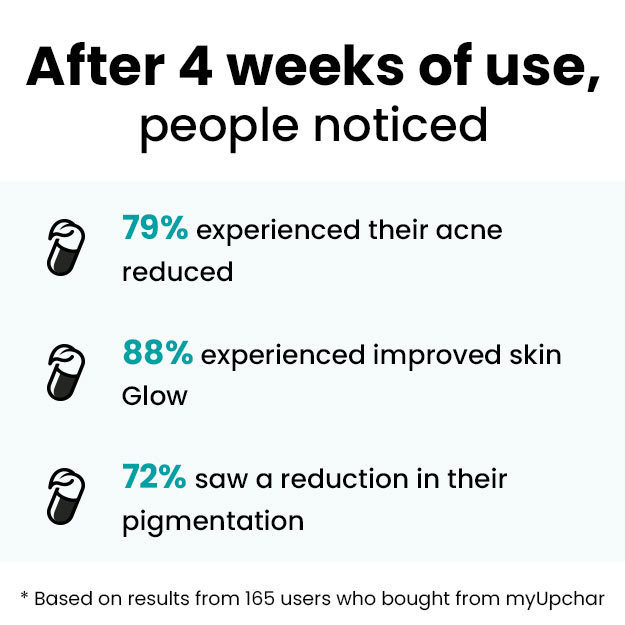

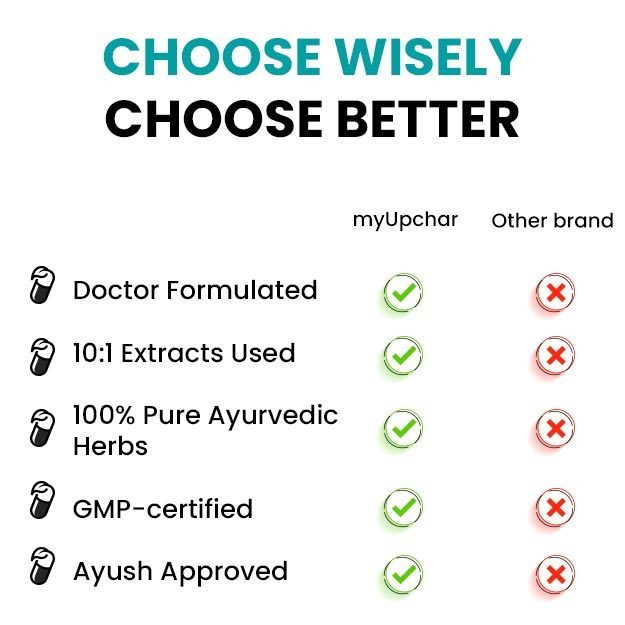



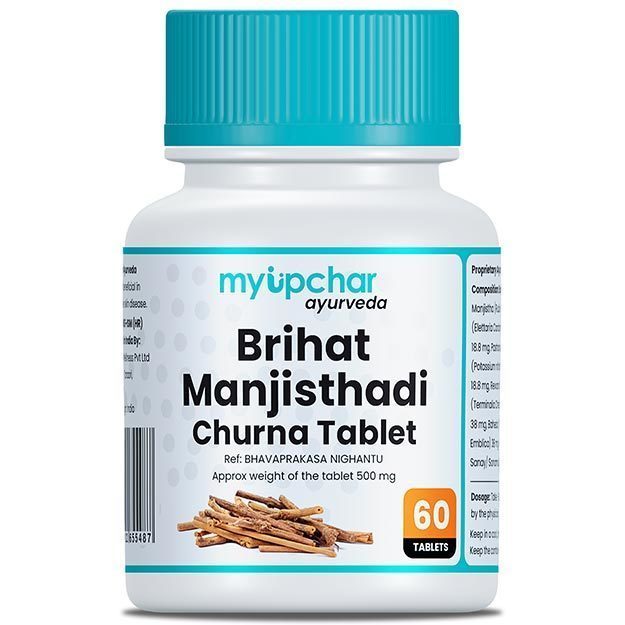
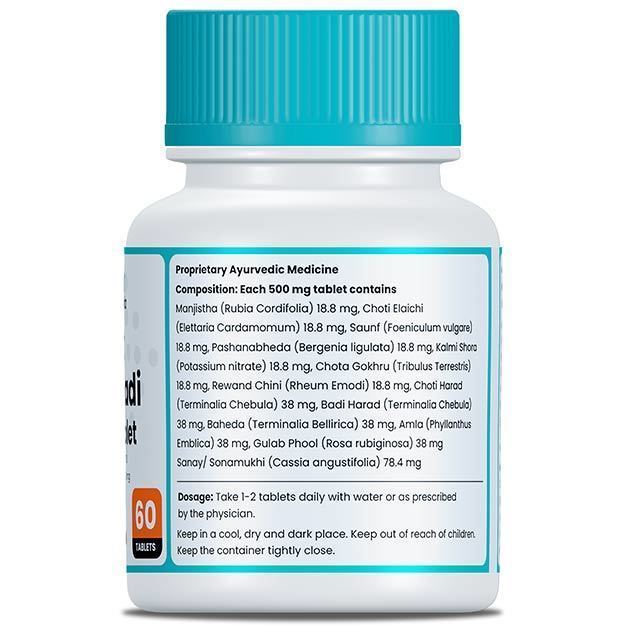
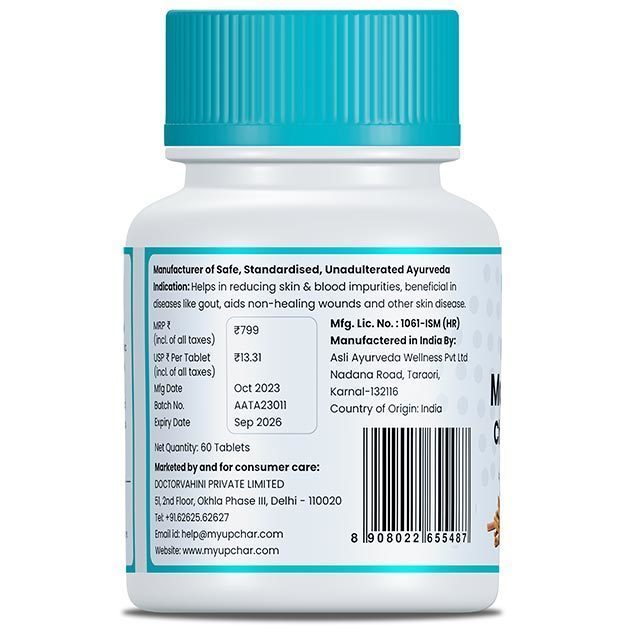
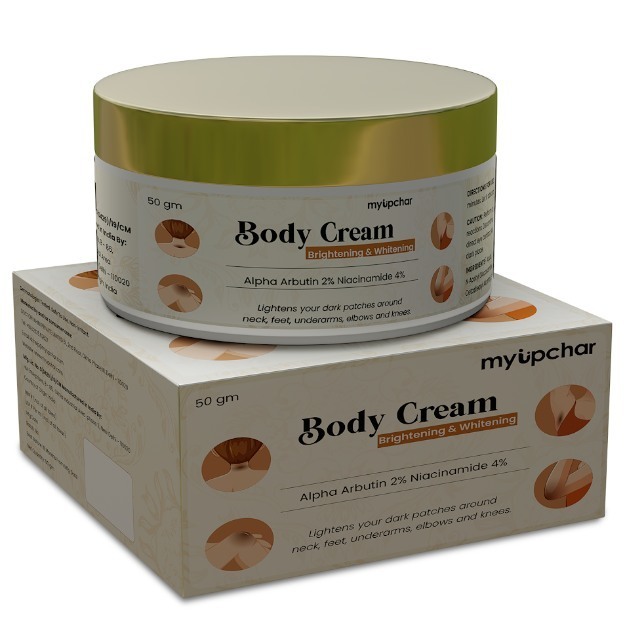

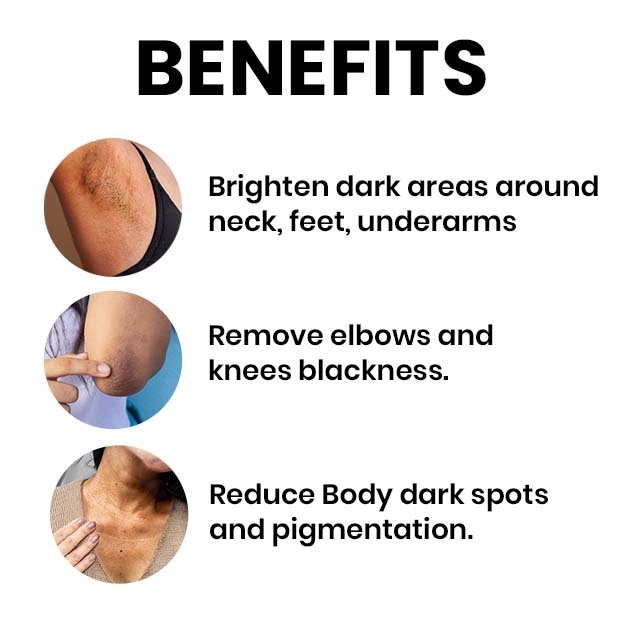
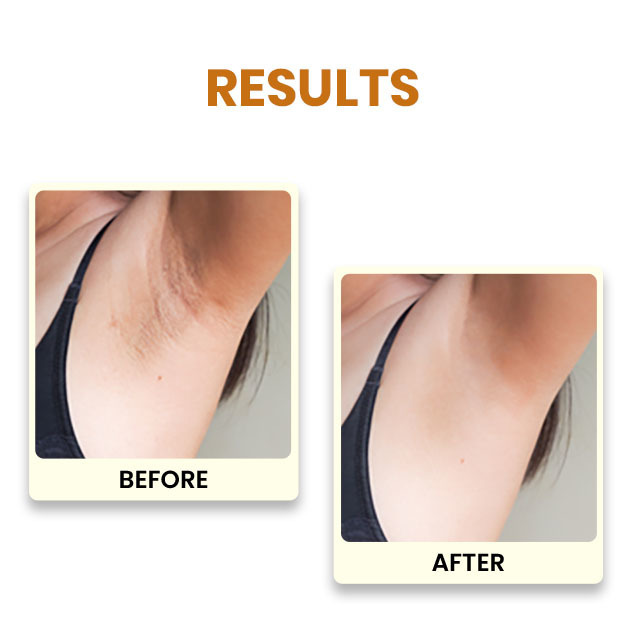
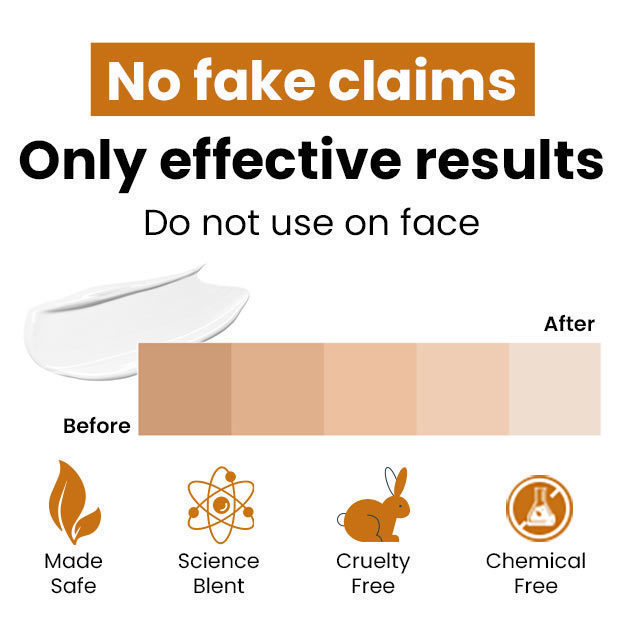
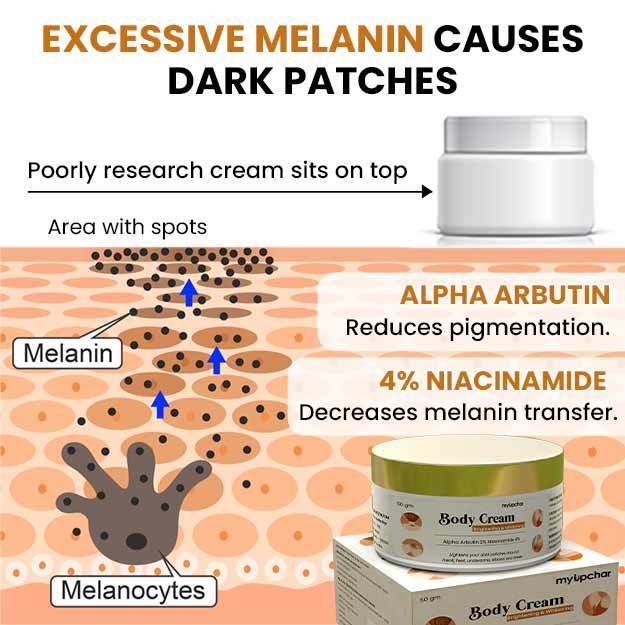
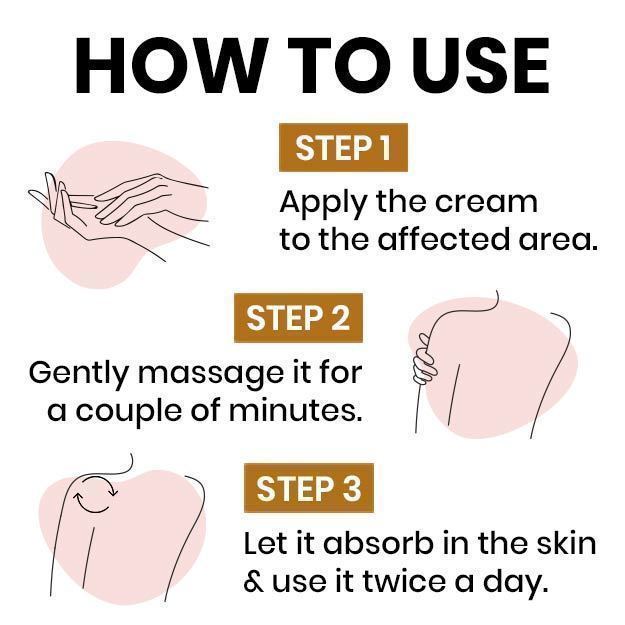
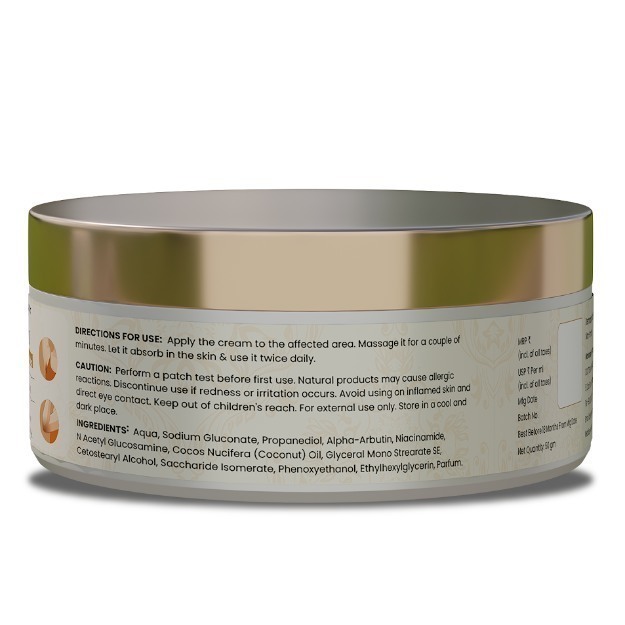
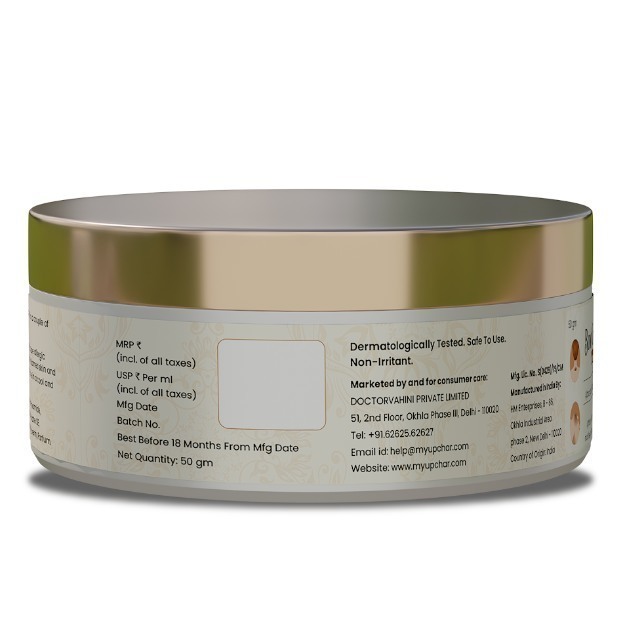






 Dr. Laxmidutta Shukla
Dr. Laxmidutta Shukla


